Dodge Journey: Lines, A/C underbody, extension
Description
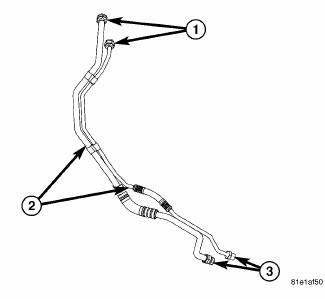
Fig. 310: Underbody A/C Extension Lines Description
Models equipped with the rear heating-A/C system use metal lines attached to the vehicle underbody to carry refrigerant and engine coolant to and from the rear A/C evaporator and heater core. The underbody A/C lines are connected to the front A/C suction and liquid lines by use of underbody A/C extension lines (2). The underbody A/C extension lines are connected to the front and underbody refrigerant lines with nut type fittings (1 and 3) and O-ring seals.
NOTE: Replacement of the refrigerant line O-ring seals is required anytime an underbody refrigerant line is disconnected. Failure to replace the rubber O-ring seals may result in a refrigerant system leak.
The underbody A/C extension lines have no serviceable parts except for the rubber O-ring seals. The O-ring seals used on the refrigerant line connections are made from a special type of rubber not affected by R-134a refrigerant. The O-ring seals must be replaced whenever the underbody refrigerant lines are disconnected.
The underbody A/C extension lines cannot be repaired and must be replaced if leaking or damaged.
Removal
WARNING: Refer to the applicable warnings and cautions for this system before performing the following operation. Failure to follow these instructions may result in serious or fatal injury.
NOTE: To prevent any contaminates from entering the rear heating-A/C system, make sure that the area around the underbody line connections is clean of any dirt or foreign residue prior to disconnecting the lines.
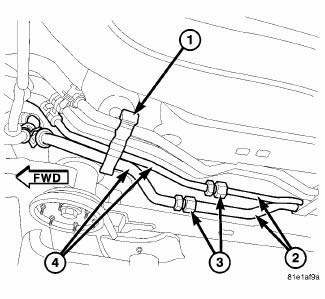
Fig. 311: Extension Lines-Underbody Connections
1. Disconnect and isolate the negative battery cable.
2. Recover the refrigerant from the refrigerant system.
3. Raise and support the vehicle.
4. Disengage the underbody A/C extension lines (4) from the front underbody refrigerant line bracket (1).
5. Loosen the fitting nuts (3) that secure the underbody A/C extension lines to the underbody A/C liquid and suction lines (2).
6. Disconnect the underbody A/C extension lines from the underbody A/C liquid and suction lines and remove and discard the O-ring seals.
7. Install plugs in, or tape over the opened refrigerant line fittings.
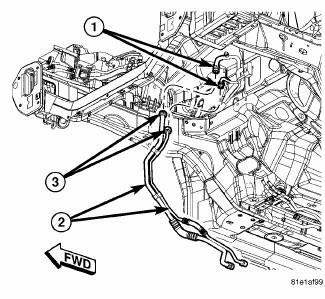
Fig. 312: Extension Lines-Upper Connections
8. Lower the vehicle.
9. Loosen the fitting nuts (3) that secure the underbody A/C extension lines (2) to the front A/C liquid and suction lines (1).
10. Disconnect the underbody A/C extension lines from the front A/C liquid and suction lines and remove and discard the O-ring seals.
11. Rotate and tilt the underbody A/C extension lines as necessary and remove the lines from the vehicle.
12. Install plugs in, or tape over the opened refrigerant line fittings.
Installation
CAUTION: Be certain to adjust the refrigerant oil level when servicing the A/C refrigerant system. Failure to properly adjust the refrigerant oil level will prevent the A/C system from operating as designed and can cause serious A/C compressor damage.
NOTE: When replacing multiple A/C system components, refer to the REFRIGERANT OIL CAPACITIES to determine how much oil should be added to the refrigerant system. NOTE: Replacement of the refrigerant line O-ring seals is required anytime an underbody refrigerant line is disconnected. Failure to replace the rubber O-ring seals may result in a refrigerant system leak.
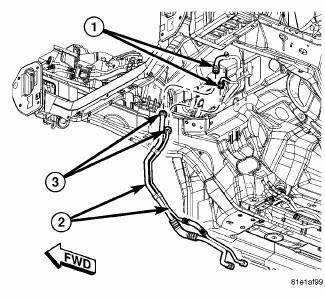
Fig. 313: Extension Lines-Upper Connections
1. Remove the tape or plugs from the opened refrigerant extension line fittings.
2. Lubricate new rubber O-ring seals with clean refrigerant oil and install them onto the refrigerant line fittings. Use only the specified O-rings as they are made of a special material for the R-134a refrigerant system. Use only refrigerant oil of the type recommended for the A/C compressor in the vehicle.
3. Position the underbody A/C extension lines (2) into the engine compartment. Rotate and tilt the underbody A/C extension lines as necessary.
4. Connect the underbody A/C extension lines to the front A/C liquid and suction lines (1). Tighten the fitting nuts (3) to 23 N.m (17 ft. lbs.).
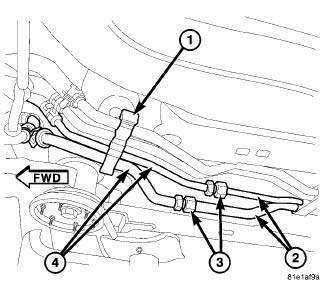
Fig. 314: Extension Lines-Underbody Connections
5. Raise and support the vehicle.
6. Remove the tape or plugs from the opened underbody refrigerant line fittings.
7. Lubricate new rubber O-ring seals with clean refrigerant oil and install them onto the refrigerant line fittings. Use only the specified O-rings as they are made of a special material for the R-134a refrigerant system. Use only refrigerant oil of the type recommended for the A/C compressor in the vehicle.
8. Connect the underbody A/C extension lines (4) to the underbody A/C liquid and suction lines (2). Tighten the fitting nuts (3) to 23 N.m (17 ft. lbs.).
9. Position the underbody A/C extension lines into the front underbody refrigerant line bracket (1) and engage the bracket retainer.
10. Lower the vehicle.
11. Reconnect the negative battery cable.
12. Evacuate the refrigerant system. 13. Adjust the refrigerant oil level. 14. Charge the refrigerant system.
 Installation
Installation
CAUTION: Be certain to adjust the refrigerant oil level when
servicing the A/C
refrigerant system. Failure to properly adjust the refrigerant
oil level will prevent the A/C system fro ...
 Valve, A/C expansion
Valve, A/C expansion
DESCRIPTION
Fig. 315: A/C Expansion Valve Description KA
The rear A/C expansion valve controls the amount of refrigerant entering the
rear A/C evaporator. The rear A/C
expansion valve is of a t ...
See also:
Module, satellite video
REMOVAL
1. Disconnect and isolate the negative battery cable.
2. Move the front passenger seat to the most forward position.
Fig. 8: Antenna & Electrical Connectors
3. Disconnect the three ...
Spring(s), valve
Description
The valve springs are made from high strength, chrome-silicon steel. The
springs are common for intake and
exhaust applications. The valve spring seat is integral with the valve stem
...
Disassembly
NOTE: Cleanliness through entire disassembly and assembly of the valve
body cannot
be overemphasized. When disassembling, each part should be washed in a
suitable solvent, then dried by comp ...
